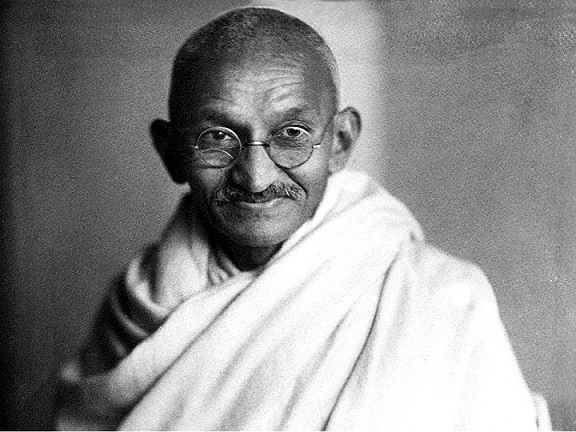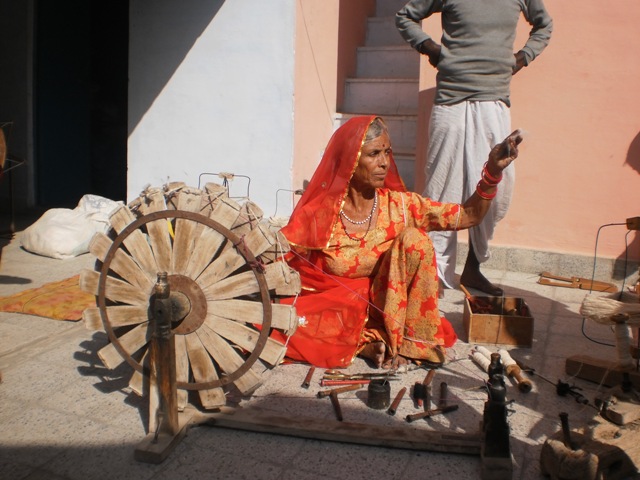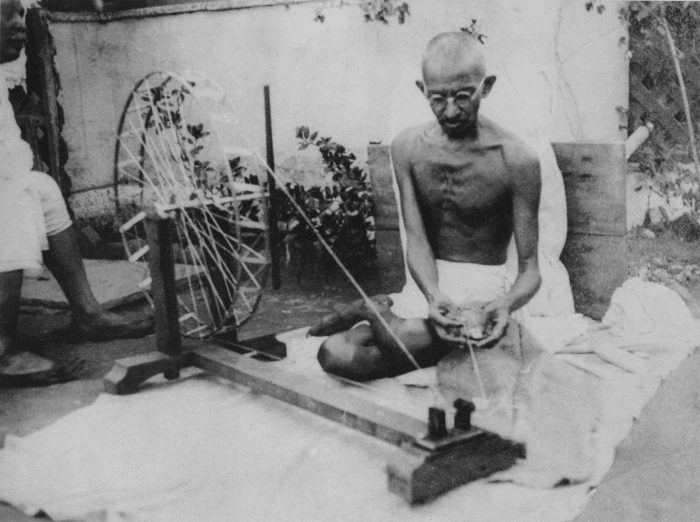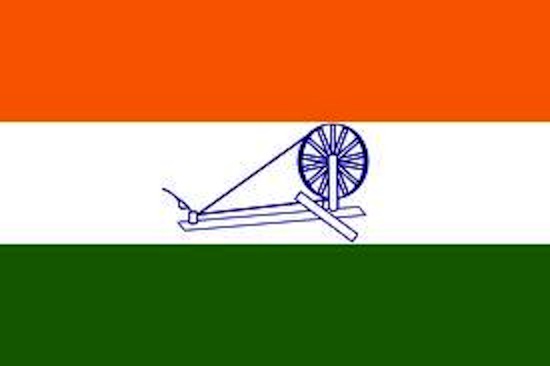
The Green Fashion Conference of the Consortium of Green Fashion India takes place for the sixth time: on the 5th & 6th of October. And of course we are back! The Consortium of Green Fashion was founded in India in 2012 to strengthen environmental awareness in the fashion and textile industries and serve as an information platform for industry decision-makers. India, the second largest fiber and textile producer in the world behind China, urgently needs such exemplary initiatives in view of the often catastrophic working conditions and unacceptable conditions in cotton fields and processing plants.

One of the CGF logos
The Consortium of Green Fashion goes back to an initiative of the School of Fashion Technology SOFT Pune, India.

Benjamin Itter
Benjamin Itter has been involved through Lebenskleidung from the very beginning, and during his visits to India in the years 2006-2008 (founded as clothing) he made his first contacts in his project for the Goethe Institut Pune (Max Mueller Bhavan) and the first conference in cooperation carried out. Today he sits on the advisory board of the consortium's board. SOFT Pune was founded in 1998 in collaboration with the National Institute of Fashion Technology, India, with the aim of promoting and educating only young women who will be tomorrow's decision-makers in the Indian textile industry. The parent company Maharshi Karve Stree Shikshan Samstha has been dedicated to the training and promotion of women since 1896 (!). Through regular workshops focusing on the topics of green fashion, fair business practices and upcycling,
SOFT today brings its students exclusively into contact with all issues relating to sustainability in the textile industry. In recent years, the fashion shows of the Green Fashion Consortium (with exclusively sustainable materials) have been a topic of conversation throughout India. More than 80% of all hand-made textiles worldwide, that is, hand-spun, hand-woven or hand-embroidered fabrics and textiles come from India. Approximately 100 million (!) People in India make a living from the traditional production of textiles.

A woman in the federal state of Bihar spinning cotton
Khadi The term Khadi goes back to Mahatma Gandhi. In the course of the Indian struggle for independence by the colonial power of the British Empire Kadhi, that is a hand-spun on the spinning wheel and subsequently handwoven piece of cotton fabric, was an important symbol. It must be remembered that the colonial power of England at that time exported tons of Indian cotton wool back to India. Gandhi had asked the Indians in the 1930s and 40s to spin cotton and weave cotton fabrics to signal against these cheap imports and thus their dependency.

Gandhi using the spinning wheel, the Indian national symbol
England was at this time the stronghold of textile production. Gandhi realized very early that political independence, above all, included economic independence. His vision was that every village in India, weaving its own cotton, would weave it, and sell locally made clothing. This would leave the entire value creation in the country and much more, even in the village. Maybe you know the pictures of Mahatma Gandhi, wrapped in a big piece of cotton cloth. This is Khadi. The spinning wheel became a symbol of Indian independence and was even found in the pre-Independence flag of the Indian national flag.

To date, the Indian national flag may be made only from Khadi and only one institution, the KKGSS may produce the flag.
At first Gandhi was laughed at for his idea, because he wanted to use the loom to gain independence from the world power of the British Empire. To which Gandhi replied: The loom is powerful because it is so small. It fits in the hand of the poorest woman in the smallest hut in the tiniest village. With the help of the spinning wheel, every single person becomes a power factor against the Empire! Indian clothes traditions Traditionally, India wears the sari, a salwar kamiz (a kamiz is a longer shirt that is loosely worn over a pair of trousers (salwar) and usually slits down from the hips to allow more freedom of movement), plus a dupatta (a long scarf or veil) or men a kurta (a wide-cut shirt).
Different Sari styles
A Kurta
Khadi and handwoven fabrics were always present after Indian independence in 1947. In India, traditions are valued. Today there are 28 states, the Indian federal system is similar to the German. Each state and region has its own customs, its own courts, and its own textile traditions. In South Indian Kerala one finds other clothing customs than for example in the north Indian Benares. A woman from the West Indian Maharashtra recognizes the motifs, the colors and the way a sari is tied, where a fellow traveler arrives on the train.
Different Indian fashion styles
Since the 1990s, perestroika in the former Soviet Union and the collapse of the Eastern Bloc, capitalism has also taken hold in India (India was and still is a socialist republic). With the opening up of markets for Western goods and services, Western clothing companies and Western clothing have gradually flooded India. India became even more part of the western and global textile chain, with all known dependencies and, unfortunately, often exploitative practices. On the consumer side, as with us in the West, new role models have been communicated through advertising, while young Indians have become big fans of jeans and sneakers from well-known brands.
As a result, traditional textiles became uninteresting to a large number of people. The often low-quality manufacturing, bleeding colors, boring designs and fabrics, and the boring "state emporiums" that are dull, government-run stores, added to the rest of the glamorous new stores. However, by and large, one can not speak of a repression of Indian textile tradition. Only that these are just now no longer produced in traditional ways.
They were and are being reinvented and presented to the younger generation. For some years now, Khadi and Handloom are also experiencing a revival! Many people in India realize that with the advent of Western ways of life and consumption, a great deal of native kutur is in danger. Indians are basically very patriotic and justifiably proud of the country's insane cultural and textile diversity. Well-known Indian designers such as Ritu Kumar (who also attended the conference), Rohit Bal and Malini Ramani started to become increasingly interested in hand-woven textiles again in the 2000s. The state supports the preservation of traditional textile techniques and the preservation of millions of jobs in this sector with the India Handloom Brand. In order for Khadi and handwoven textiles to have a chance in the future too, many players in the fashion scene in India agree that both have to be given a more modern look. This was also the aim of this year's conference. Avant-garde designers such as Rahul Mishra, Anju Modi, or Anita Dongre have taken "Khadi and Handloom" to a new level in recent years.
Rahul Mishras collection in Paris
What does this whole thing have to do with slow fashion? Well, a local production, the use of natural fibers, eco-friendly colors and a socially acceptable manufacturing are also the keywords of the ethical fashion scene. And Slow Fashion is about more than just sustainable fashion. It's about awareness, about the value of things, about questioning who made the clothes you wear. That's how it all starts with you. Green fashion in this sense is a philosophy that encompasses more than just correct clothing.






